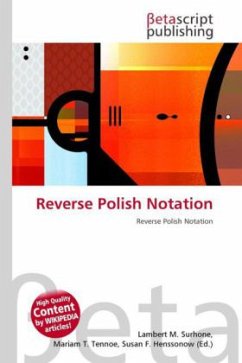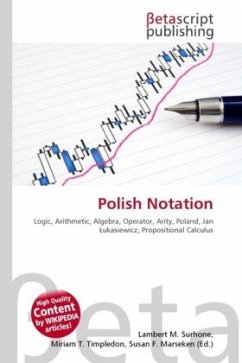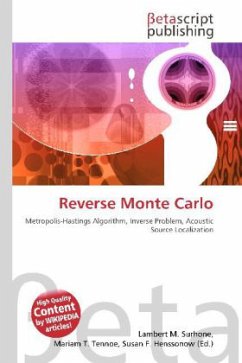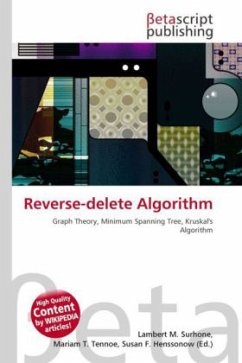Please note that the content of this book primarily consists of articles available from Wikipedia or other free sources online. Reverse Polish notation (or just RPN) is a mathematical notation wherein every operator follows all of its operands, in contrast to Polish notation, which puts the operator in the prefix position. It is also known as Postfix notation and is parenthesis-free as long as operator arities are fixed. The description "Polish" refers to the nationality of logician Jan ukasiewicz, who invented (prefix) Polish notation in 1920s. The Reverse Polish scheme was proposed in 1954 by Burks, Warren, and Wright and was independently reinvented by F. L. Bauer and E. W. Dijkstra in the early 1960s to reduce computer memory access and utilize the stack to evaluate expressions. The notation and algorithms for this scheme were extended by Australian philosopher and computer scientist Charles Hamblin in the mid-1950s.
Bitte wählen Sie Ihr Anliegen aus.
Rechnungen
Retourenschein anfordern
Bestellstatus
Storno








